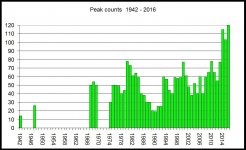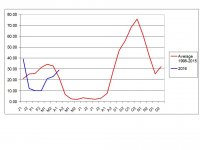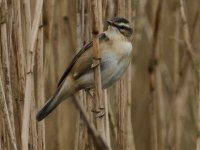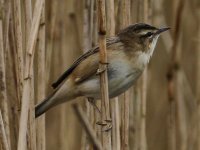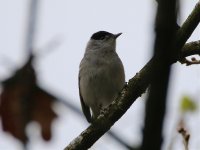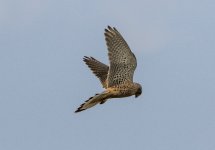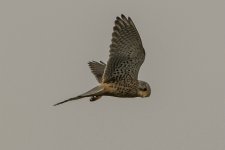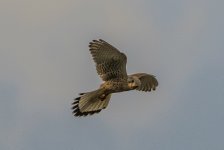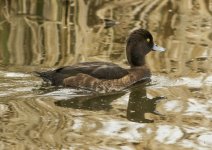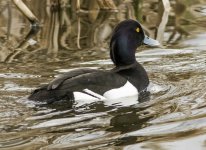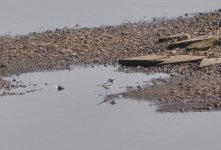upstarts1979
Well-known member
There's no doubt that the last two weeks have seen some real visible migration and this is by far the most interesting and exciting period on the birding calander. 
We are always looking at the weather conditions throughout this time. We ideally would want SE winds with a mixture of drizzly showers, misty mornings and sharp heavy bursts of rain . Easterlies can also be good and Tomorrow has some of these ingredients. So as Thursday is usually a very underwatched day, if you get change give it a try . If you do see anything good or are witnessing some visible migration please contact one of us or at least post on here. Good luck:t: john
We are always looking at the weather conditions throughout this time. We ideally would want SE winds with a mixture of drizzly showers, misty mornings and sharp heavy bursts of rain . Easterlies can also be good and Tomorrow has some of these ingredients. So as Thursday is usually a very underwatched day, if you get change give it a try . If you do see anything good or are witnessing some visible migration please contact one of us or at least post on here. Good luck:t: john
Last edited:





